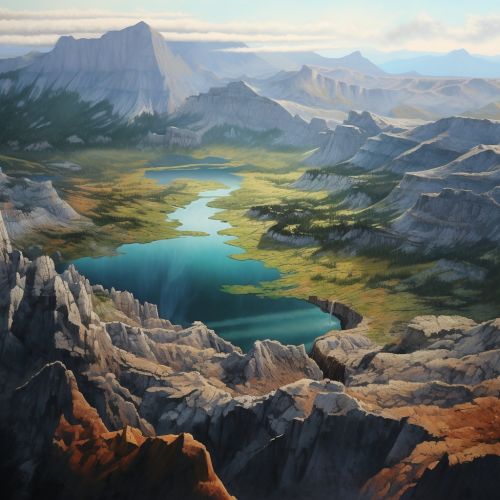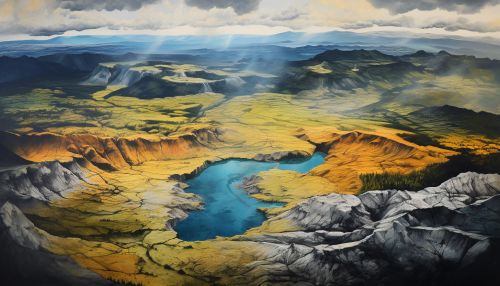Volcanic Activity in Yellowstone
Introduction
Yellowstone is a well-known hotspot for volcanic activity, with its history dating back to millions of years ago. The park is home to one of the world's largest volcanic systems, which is characterized by frequent earthquakes, heated ground, and the emission of volcanic gases. This article delves into the intricacies of volcanic activity in Yellowstone, exploring its history, causes, effects, and the scientific studies surrounding it.
Geological Background
Yellowstone is situated on a volcanic hotspot, a place where the Earth's mantle melts to generate magma. This molten rock rises to the surface, leading to volcanic activity. The Yellowstone caldera, which is a large volcanic crater, is a testament to the massive eruptions that have occurred in the past.


Historical Eruptions
Yellowstone's volcanic history is marked by three major eruptions: the Huckleberry Ridge eruption around 2.1 million years ago, the Mesa Falls eruption about 1.3 million years ago, and the Lava Creek eruption approximately 630,000 years ago. Each of these eruptions led to the formation of calderas and the emission of vast amounts of volcanic material.
Current Volcanic Activity
Today, Yellowstone's volcanic activity is manifested in the form of geothermal features such as geysers, hot springs, and fumaroles. The park's most famous geyser, the Old Faithful, is a prime example of this ongoing activity. Additionally, the park experiences thousands of earthquakes each year, most of which are too small to be felt.
Monitoring and Research
The U.S. Geological Survey (USGS) closely monitors Yellowstone's volcanic activity. The Yellowstone Volcano Observatory, a cooperative effort between the USGS, Yellowstone National Park, and the University of Utah, uses a variety of tools and techniques to track the park's seismic and volcanic activity.
Potential Hazards
While the probability of a major eruption at Yellowstone in the near future is extremely low, it is crucial to understand the potential hazards associated with its volcanic activity. These include earthquakes, ground deformation, and the release of harmful gases.
Conclusion
Volcanic activity in Yellowstone is a complex and fascinating subject, offering valuable insights into the workings of our planet. Continued research and monitoring are essential for understanding this dynamic system and ensuring the safety of those who visit and live near the park.
